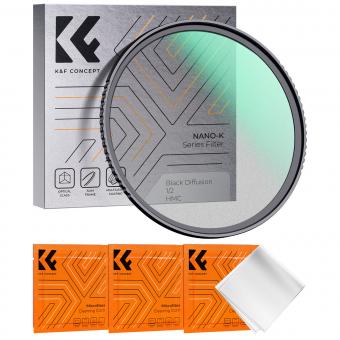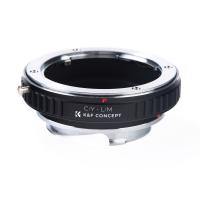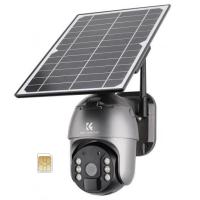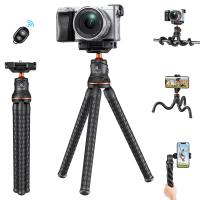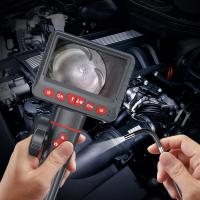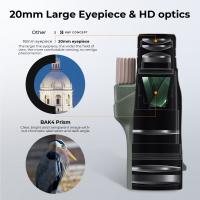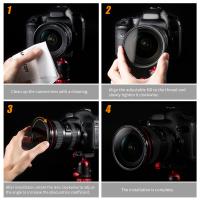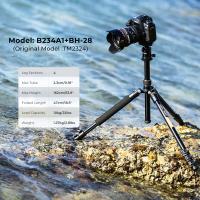Which Is Better 10x42 Or 20x50 Binoculars ?
The choice between 10x42 and 20x50 binoculars depends on your specific needs and preferences. 10x42 binoculars have a magnification power of 10x and an objective lens diameter of 42mm, providing a wider field of view and brighter images. They are generally more compact and easier to handle. On the other hand, 20x50 binoculars offer a higher magnification power of 20x but have a larger objective lens diameter of 50mm. This results in a narrower field of view but potentially greater detail and clarity in the image. However, they tend to be bulkier and heavier. Consider factors such as intended use, portability, and personal comfort when making a decision.
1、 Magnification power: 10x vs. 20x
When comparing binoculars, one of the key factors to consider is the magnification power. In this case, we are comparing 10x42 binoculars with 20x50 binoculars.
The magnification power refers to how much closer the object appears when viewed through the binoculars. A higher magnification power, such as 20x, means that the object will appear larger and closer. However, it is important to note that higher magnification also comes with some drawbacks.
One of the main drawbacks of higher magnification is image stability. With 20x magnification, even the slightest hand movement can cause significant image shake, making it difficult to maintain a steady view. This can be particularly problematic when trying to observe objects that are far away or in motion.
On the other hand, 10x magnification provides a more stable image, as it is less affected by hand movements. This makes it easier to track moving objects or observe details for extended periods without experiencing eye strain.
Additionally, higher magnification binoculars tend to have a narrower field of view. This means that you will be able to see a smaller portion of the scene compared to lower magnification binoculars. A wider field of view can be advantageous when observing fast-moving objects or trying to scan a large area.
In terms of the objective lens diameter, the 42mm lens of the 10x42 binoculars allows for a brighter image and better low-light performance compared to the 50mm lens of the 20x50 binoculars. This can be particularly important when observing in low-light conditions, such as at dawn or dusk.
In conclusion, while the 20x50 binoculars offer a higher magnification power, the 10x42 binoculars provide a more stable image, wider field of view, and better low-light performance. Ultimately, the choice between the two depends on the specific needs and preferences of the user.
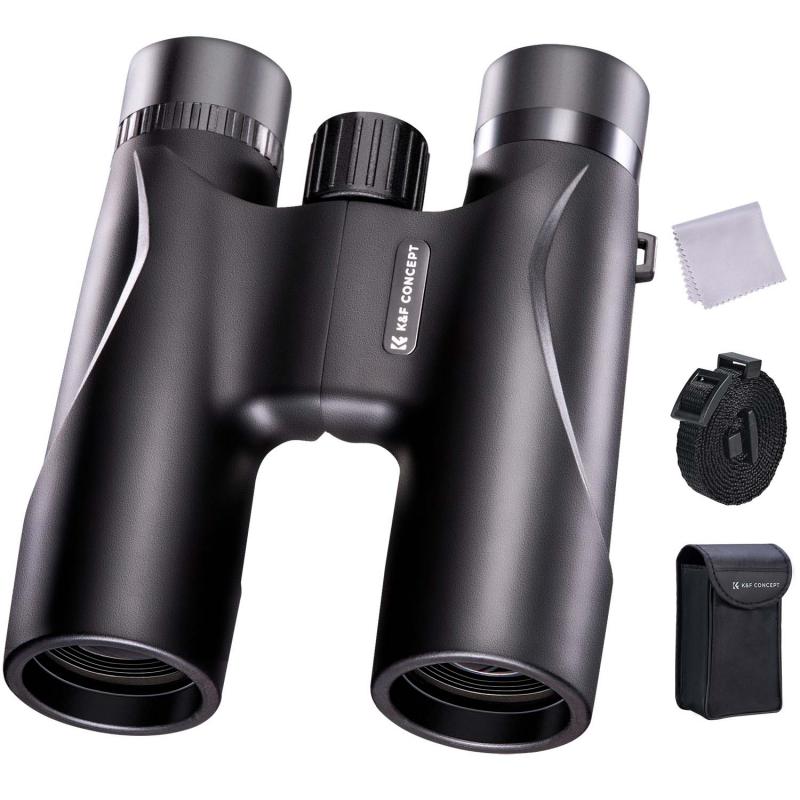
2、 Objective lens diameter: 42mm vs. 50mm
When comparing binoculars, one of the key factors to consider is the objective lens diameter. In this case, we are comparing 10x42 binoculars with 20x50 binoculars.
The objective lens diameter refers to the size of the front lenses of the binoculars. A larger objective lens diameter allows more light to enter the binoculars, resulting in brighter and clearer images. In this comparison, the 20x50 binoculars have a larger objective lens diameter of 50mm, while the 10x42 binoculars have a slightly smaller diameter of 42mm.
The larger objective lens diameter of the 20x50 binoculars means that they will generally provide brighter images, especially in low-light conditions. This can be advantageous for activities such as stargazing or birdwatching at dusk or dawn. The increased light gathering capability can also enhance the overall image quality and detail.
However, it's important to note that the larger objective lens diameter also means that the 20x50 binoculars will be heavier and bulkier compared to the 10x42 binoculars. This can make them less portable and more challenging to carry around for extended periods.
Additionally, the magnification power should also be taken into consideration. The 20x50 binoculars offer a higher magnification of 20x, which can be beneficial for long-distance observations. However, higher magnification can also result in a narrower field of view and increased image shake, making it more difficult to maintain a steady image.
Ultimately, the choice between 10x42 and 20x50 binoculars depends on the specific needs and preferences of the user. If portability and ease of use are important factors, the 10x42 binoculars may be a better choice. On the other hand, if image brightness and long-distance observations are the priority, the 20x50 binoculars may be more suitable.
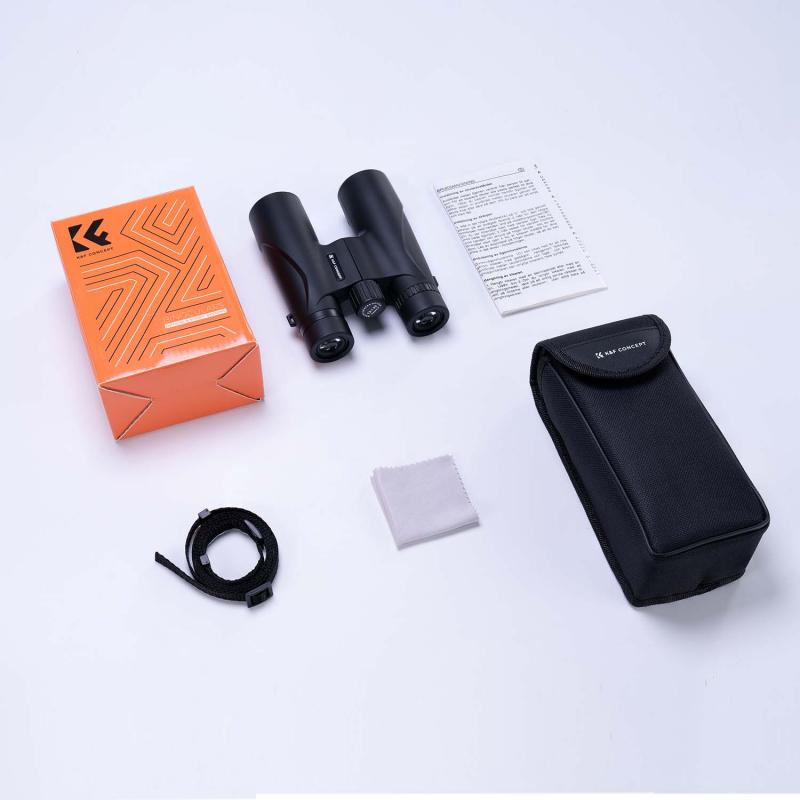
3、 Field of view: 10x42 vs. 20x50 binoculars
When comparing binoculars, one of the key factors to consider is the field of view. The field of view refers to the width of the area that can be seen through the binoculars at a specific distance. In this case, we are comparing the field of view of 10x42 and 20x50 binoculars.
The first number in the specifications, 10x and 20x, refers to the magnification power. The second number, 42 and 50, represents the diameter of the objective lens in millimeters. The larger the objective lens, the more light it can gather, resulting in a brighter image.
In terms of field of view, the 10x42 binoculars generally offer a wider field of view compared to the 20x50 binoculars. This means that with the 10x42 binoculars, you will be able to see a larger area at a specific distance. This can be particularly advantageous when observing fast-moving objects or when scanning a wide area.
However, it is important to note that the higher magnification power of the 20x50 binoculars can provide more detailed views of distant objects. This can be beneficial for activities such as birdwatching or stargazing, where the ability to zoom in on specific details is crucial.
Ultimately, the choice between 10x42 and 20x50 binoculars depends on your specific needs and preferences. If you prioritize a wider field of view and a brighter image, the 10x42 binoculars may be the better option. On the other hand, if you require higher magnification and more detailed views, the 20x50 binoculars might be more suitable.
It is worth mentioning that advancements in technology have led to the development of binoculars with even wider fields of view and higher magnification powers. Therefore, it is always recommended to consider the latest models and consult with experts or read reviews to make an informed decision.
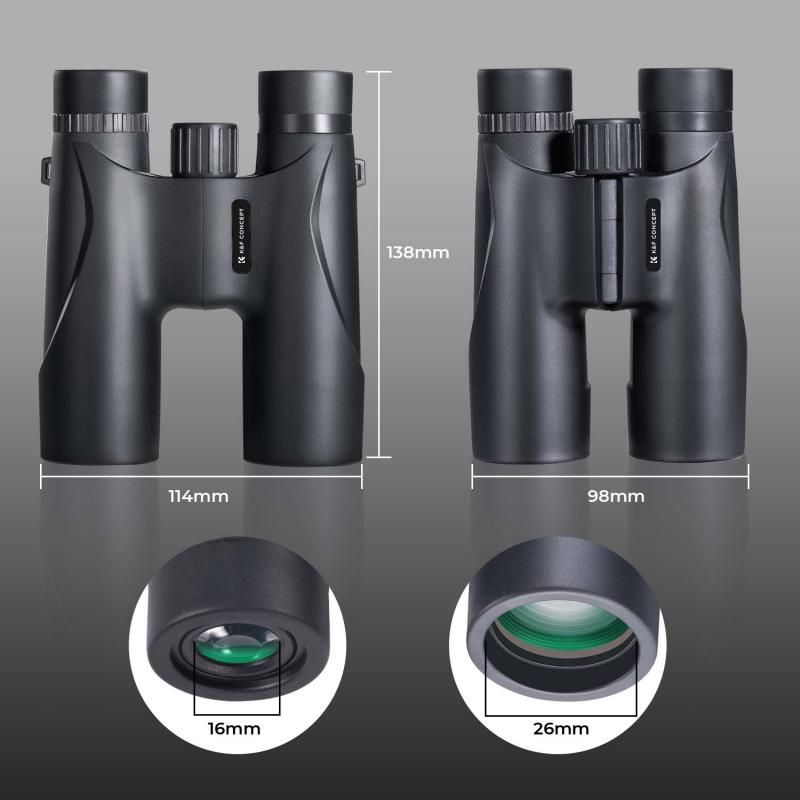
4、 Image brightness and clarity: 10x42 vs. 20x50 binoculars
When comparing 10x42 and 20x50 binoculars, one of the key factors to consider is image brightness and clarity.
In terms of image brightness, the 20x50 binoculars have a larger objective lens diameter (50mm) compared to the 10x42 binoculars (42mm). This means that the 20x50 binoculars can gather more light, resulting in brighter images, especially in low-light conditions. The larger objective lens also allows for a wider field of view, which can be advantageous for observing large areas or moving subjects.
However, it's important to note that the increased magnification of the 20x50 binoculars (20x) can also lead to a decrease in image brightness. This is because the higher magnification spreads the available light over a larger area, resulting in a dimmer image. Additionally, the higher magnification can amplify any hand movements, making it more difficult to maintain a steady image.
On the other hand, the 10x42 binoculars offer a lower magnification (10x) which allows for a brighter image and a more stable view. The smaller objective lens diameter may limit the amount of light gathered, but it also makes the binoculars more compact and lightweight, making them easier to carry and handle.
Ultimately, the choice between 10x42 and 20x50 binoculars depends on the specific needs and preferences of the user. If image brightness and clarity are the primary concerns, the 20x50 binoculars may be a better choice, especially for low-light conditions. However, if portability and stability are important factors, the 10x42 binoculars may be more suitable. It's always recommended to try out different binoculars and consider personal preferences before making a final decision.










